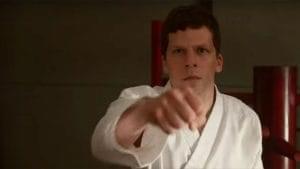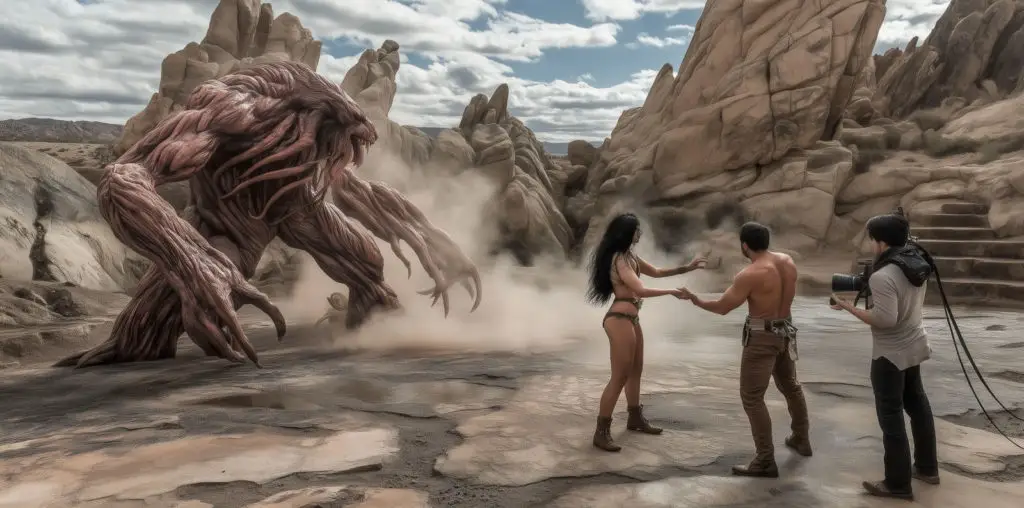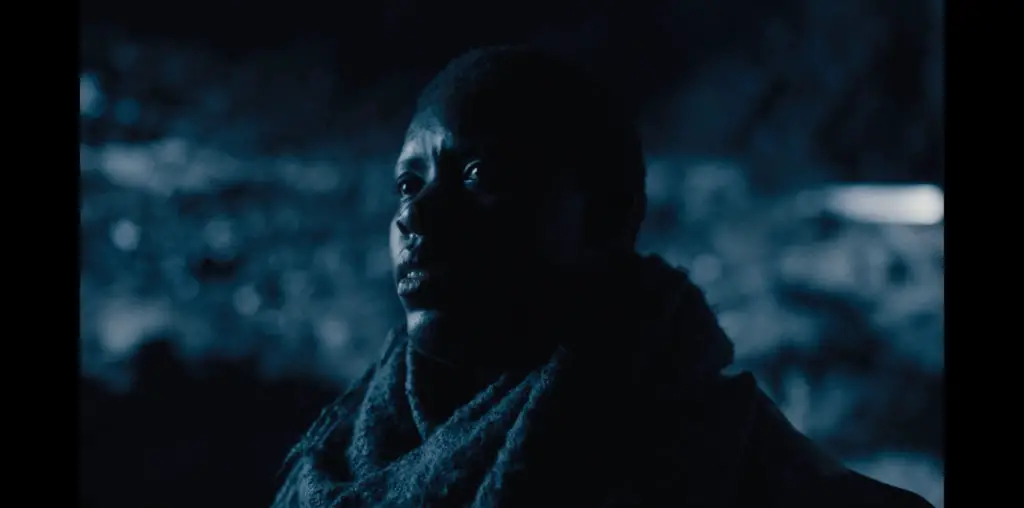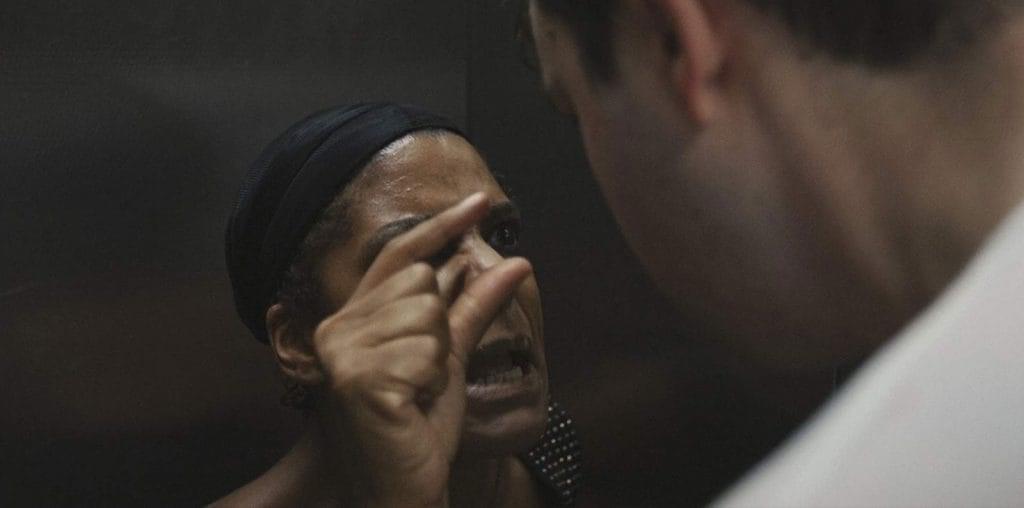
Idiosyncrasy is defined as a characteristic, habit, or mannerism that is singular to the person discussed. In movie-making terms, it generally means that a particular movie could have only come from that director’s mind. Charlie Kaufman’s unique outlook on the world shines through in every script he writes. A Christopher Guest movie, with its equal parts heart and mockery, could only work under his watchful eye. With his second feature-length film, The Art Of Self Defense, writer-director Riley Stearns has crafted a beautifully distinctive comedic thriller.
Casey (Jesse Eisenberg) is an office accountant whose co-workers barely notice he exists. One night, while walking home after buying more dog food for his beloved dachshund, Casey is beaten to near death by a vicious motorcycle gang. The traumatic event leaves him feeling weak and insecure, well, even more so than usual. He can’t leave his house, missing weeks worth of work.
Finally starting to overcome his understandable anxieties, Casey goes out one day. As he’s walking by a karate dojo, he becomes intrigued. Casey enters and watches as Anna (Imogen Poots) instructs the children’s class. He decides then and there to start taking karate classes. The dojo’s Sensei (Alessandro Nivola) sees a bit of himself in the young man.
After a handful of classes, Casey feels more confident in himself and even returns to work. As Casey becomes more entrenched into the martial arts world, Sensei agrees to help him track down those responsible. However, facts about his attack come to light that threatens to tear Casey’s new world apart.

“Casey is beaten to near death by a vicious motorcycle gang…he decides to start taking karate classes…”
The first brilliant element of The Art Of Self Defense that you’ll notice is its setting. The film could take place in 1984, 2003, nowadays, or 20 years in the future. Stearns, along with production designer Charlotte Royer, set designer Emily Blevins, and the fantastic art department have created a recognizable world yet one that is unlike any other. At the office, Casey works in one of the employees has a “macho man magazine.” It not only has nudes of women but also articles about gun ownership and ways to be a man. This hypermasculine set decoration is a microcosm of the movie’s themes against toxic masculinity and how internalizing that kind of thought process is poisonous.



Fantastic review of a provocative film with terrific performances. I was captivated by the trailer and had to see it. Has a “Fight Club” vibe.